In a strategic demonstration in Bakersfield, California, Pacific Gas and Electric Company (PG&E) highlighted its advanced Drone Technology for inspecting electrical infrastructure, timed to precede National Drone Safety Day on April 26, 2025. KBAK/KBFX reported that the utility aims to enhance public awareness of its drone operations while addressing privacy concerns, positioning its program as a model for safe and efficient utility maintenance.
Drone-Powered Inspections: Technology and Applications
PG&E’s drone program, operational since 2015, leverages autonomous drones like the Skydio and DJI Matrice Series, equipped with high-resolution cameras, thermal sensors, and LiDAR for detailed inspections of electrical distribution and transmission lines. These drones capture images with precision sufficient to reveal minute defects, such as worn bolts or corroded insulators, enabling proactive maintenance.
In 2024, PG&E conducted over 4,000 flights in Kern County alone, targeting hard-to-reach infrastructure in rugged or Wildfire-prone areas. The utility’s adoption of Beyond Visual Line of Sight (BVLOS) operations, approved by the FAA in 2023, allows drones to cover expansive service areas—70,000 square miles (181,300 square kilometers)—without constant operator oversight, reducing costs and risks compared to helicopter or ground-based methods.

“Drone inspections focus solely on equipment maintenance, ensuring the safety of our infrastructure and the public,” said Megan McFarland, PG&E spokesperson, during the Bakersfield event. This focus extends to wildfire mitigation, with drones monitoring high fire-threat districts, a critical application given California’s stringent regulations and PG&E’s history of wildfire-related liabilities.
Industry Context and Market Implications
PG&E’s program reflects a broader trend in the utility sector, where drones are transforming inspection protocols. The global Drone Inspection market, valued at $2.1 billion USD in 2024, is projected to grow at a 15.6% CAGR through 2030, driven by demand for cost-effective and safe infrastructure monitoring. PG&E’s collaboration with Skydio and Infravision, notably for power line stringing since 2023, positions it as a leader in North America. However, scaling BVLOS operations faces challenges, including airspace coordination and public acceptance, particularly in privacy-sensitive regions like Kern County.
Regulatory frameworks are evolving to support such advancements. The FAA’s BVLOS waivers, granted to PG&E and other utilities, signal a shift toward integrating drones into national airspace, though strict pilot certification and anti-collision protocols remain mandatory. PG&E’s compliance, with FAA-certified pilots and transparent flight plans, sets a benchmark for the industry.

Privacy and Public Engagement
Addressing privacy concerns, PG&E emphasized that drones capture only equipment-focused imagery, with software limiting incidental footage. “We’re committed to protecting customer privacy while maintaining our grid,” McFarland stated. The utility’s outreach, including postcards and public demonstrations, aims to build TRUST, especially after resident queries in rural areas. National Drone Safety Day provided a platform to reinforce these commitments, aligning with FAA campaigns to promote responsible drone use.
DroneXL’s Take
PG&E’s drone program exemplifies how utilities can balance technological innovation with public accountability. The integration of BVLOS and AI-driven data analysis could redefine inspection efficiency, but the industry must prioritize transparent communication to mitigate privacy fears. As drone adoption grows, PG&E’s model—combining regulatory compliance, advanced hardware, and community engagement—offers a blueprint for utilities worldwide. However, the sector should remain vigilant about cybersecurity risks in drone data systems, an area PG&E has yet to publicly address. Continued investment in pilot training and airspace management will be critical to sustaining this momentum.
Photos courtesy of KBAK / KBFX
Discover more from DroneXL.co
Subscribe to get the latest posts sent to your email.
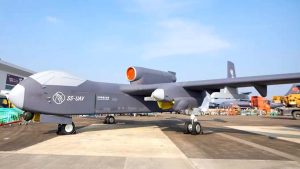
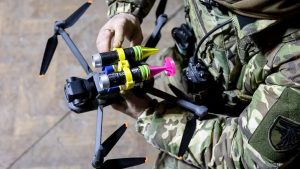

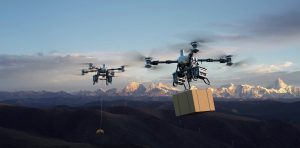







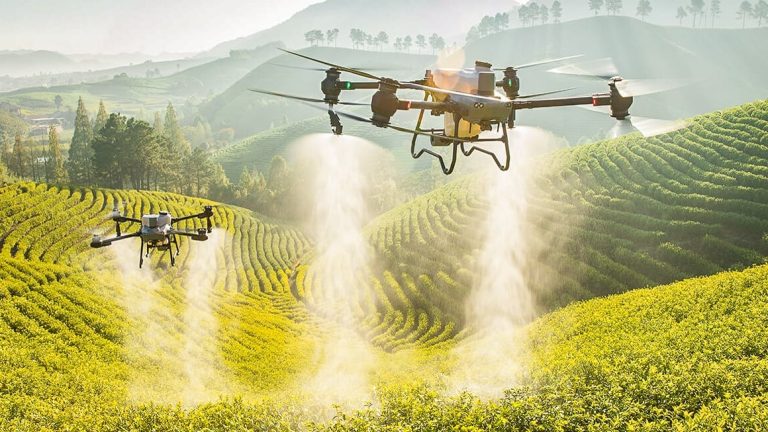
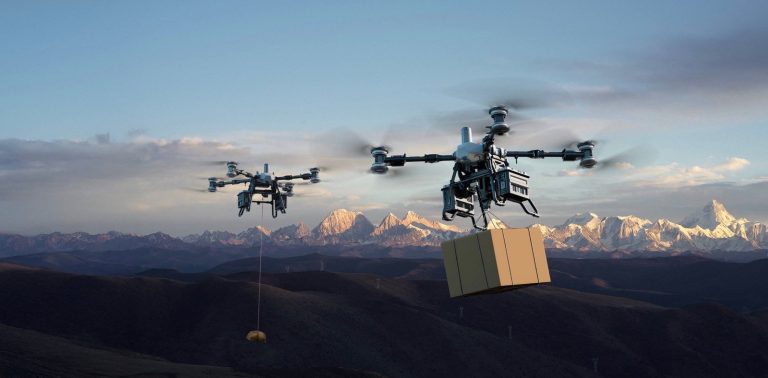
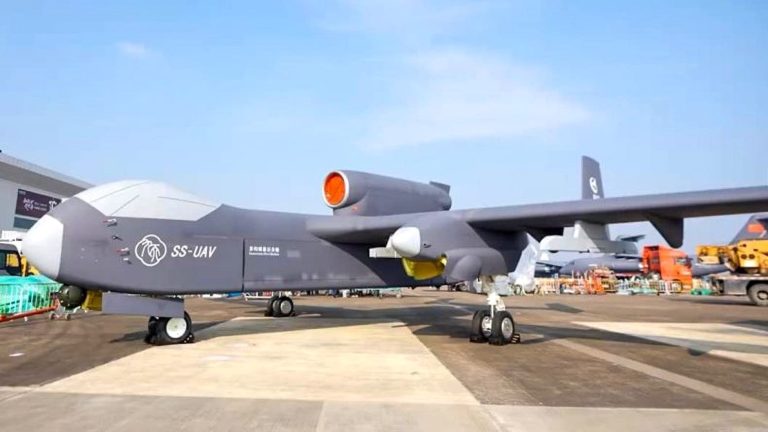

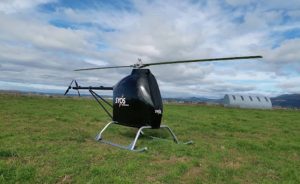




+ There are no comments
Add yours